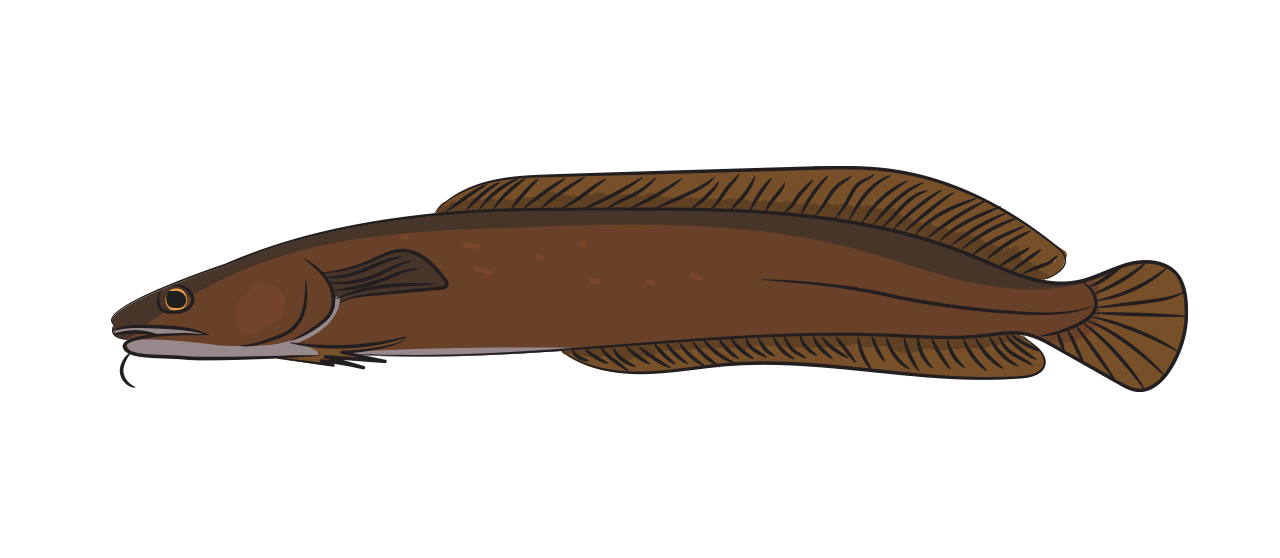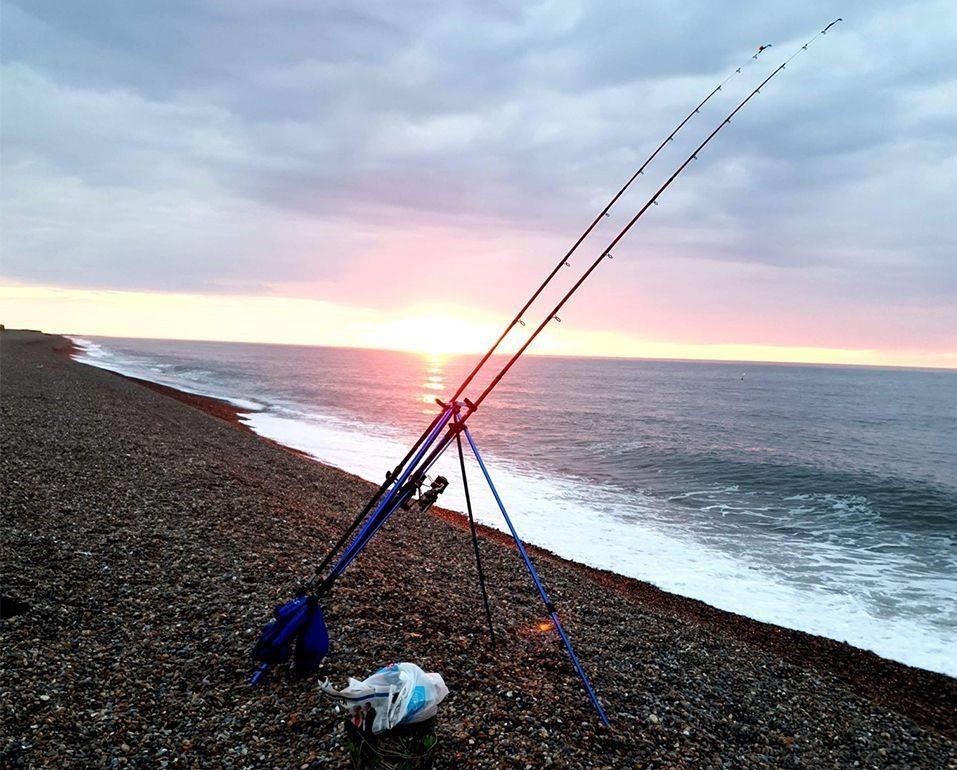Shore Rockling| Fish Species Guide | Angling Direct

Shore Rockling
aka Gaidropsarus mediterraneus
Shore rockling have a long, eel-like body with two dorsal fins, of which one extends almost along the entire length of its body. As its name may hint, shore rocklings live in rocks, and are distributed in the eastern Atlantic from the mid-Norwegian coast south to parts of the Mediterranean Sea, and along southern Europe into the Black Sea. They have three barbels: one on their chin; two on their upper lip. Their bodies are dark brown in colour, sometimes with white spots.
Shore rockling are often confused with the larger three-bearded rockling, which is distinctly more red in colour. The shore rockling is usually a darker and duller brownish colour, and is a plain and uniform colour, with only very small spots, if any at all.
Stats
Status
Habitat
In shallow waters no more than 60m, over rocks or by marine vegetation.
Bait
Ragworm, lugworm & mackerel strips.
Native or Invasive
Native
Where
Northeast Atlantic, from Norway to the west coast of the British Isles and Southwest Europe and North Africa.
 Catch Experience
Catch Experience
Video
Blog Highlight
National Marine Week – Top 5 Sea Fishing Tips
With the sun shining and the family likely wanting to head to the beach, why not make the most of a visit to the coastline and bring those sea fishing rods along! Sea fishing is probably the most accessible; it's usually totally free around our...
Read More